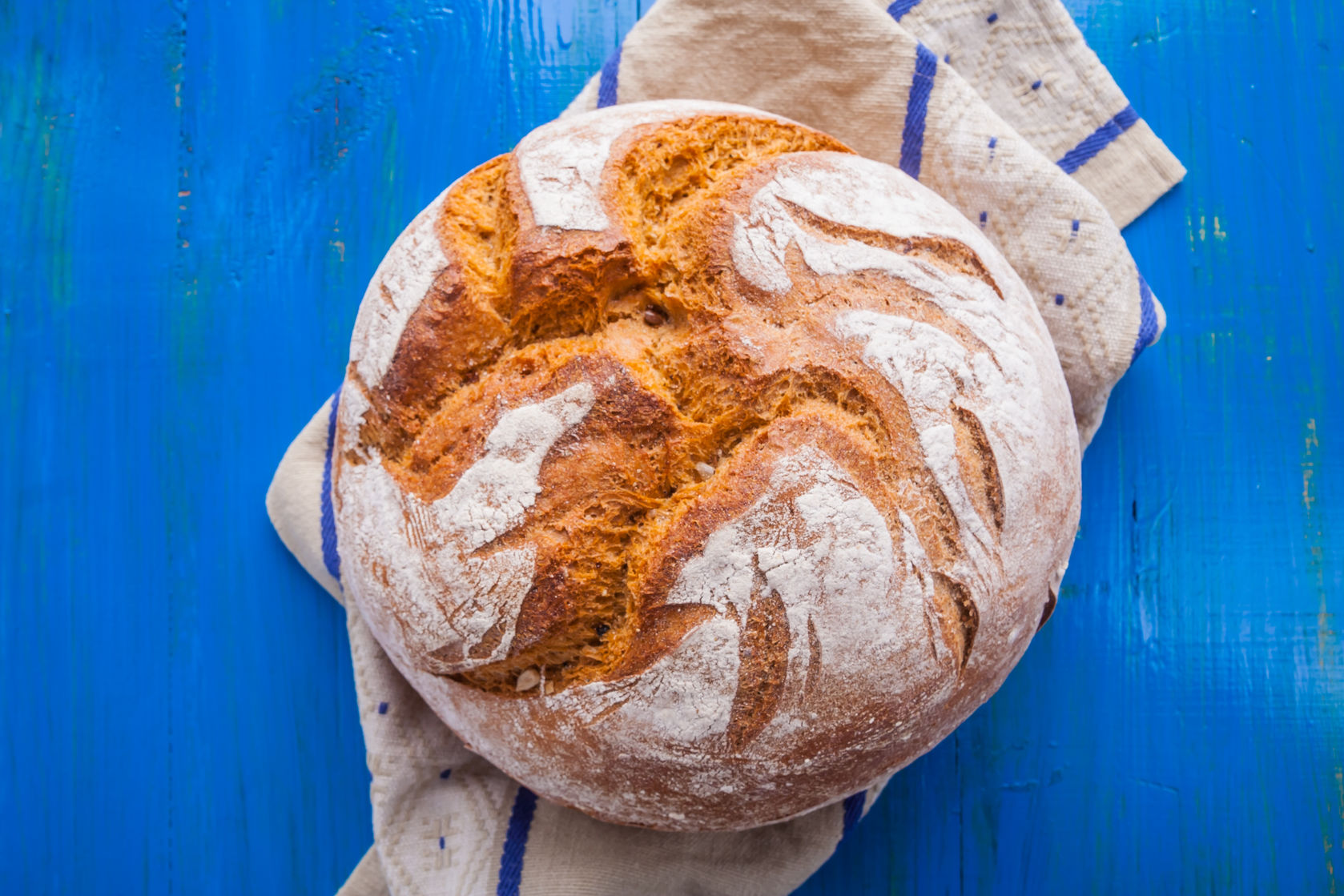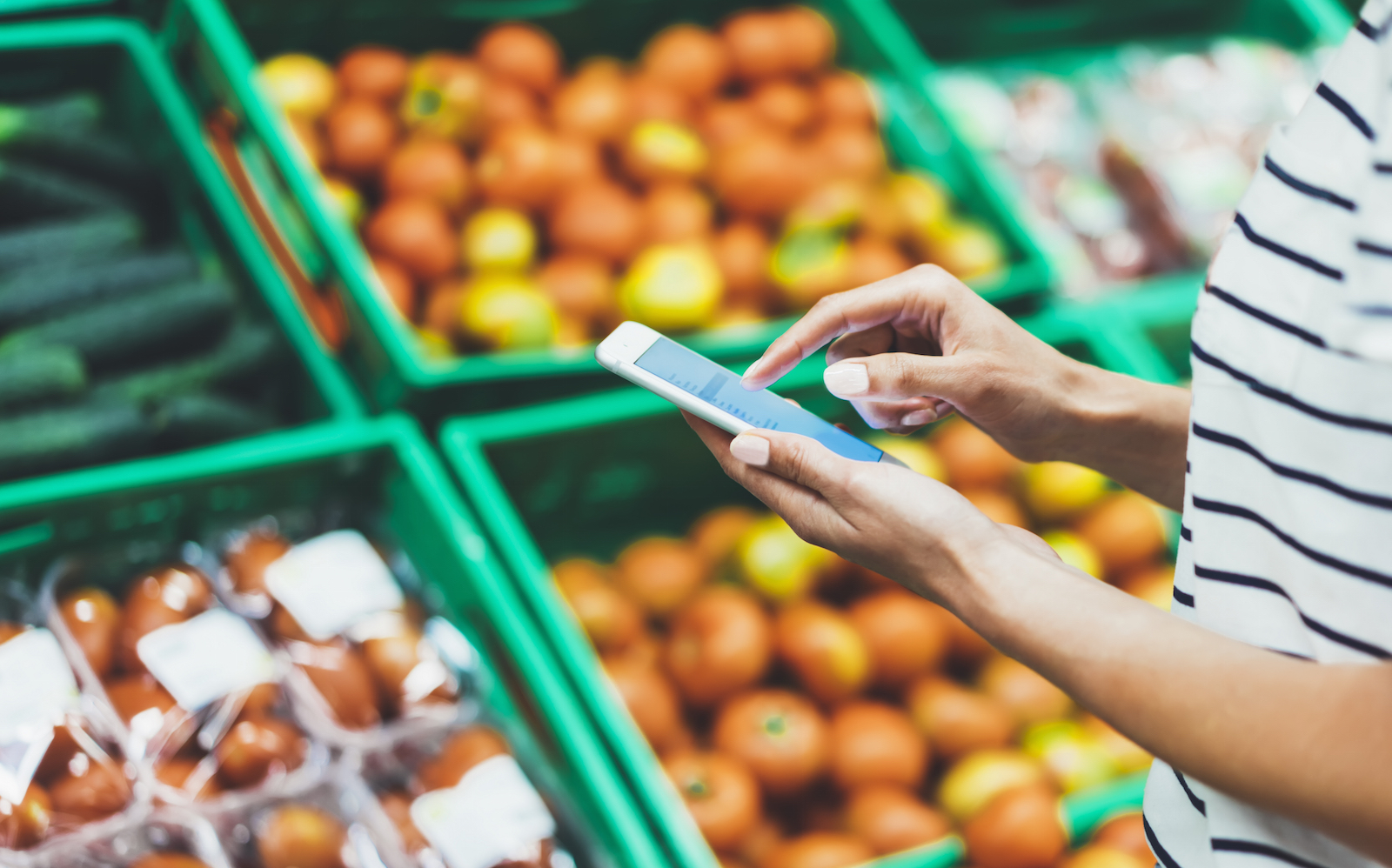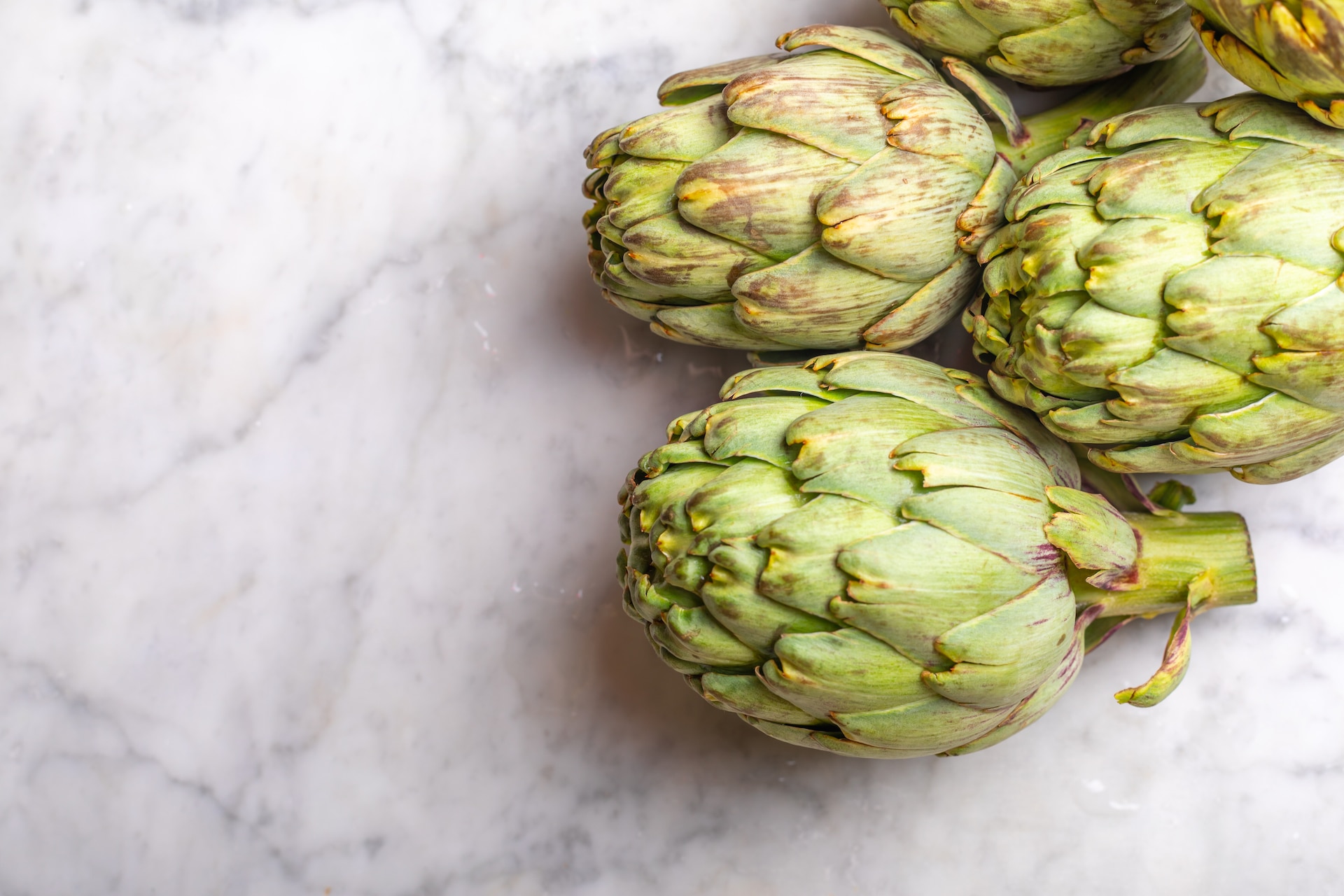Home » Eat Empowered » The Ultimate Guide to Sugar Alternatives
Do you know anyone not trying to cut back on sugar? Thought so. It seems like everyone these days is trying to cut out or cut down on sugar from their diet. Yet, sugar is everywhere!
In an era where everyone is trying to curb their sugar consumption, navigating the different types of sugar alternatives can be daunting – it’s hard to keep track of what’s what and what’s actually better or worse for you than the straight up white stuff.
4 Types of Sugar Alternatives
We’ve broken sugar alternatives down into four categories—artificial sweeteners, sugar alcohols, natural sugar alternatives and novel sweeteners— to help you clear through the sweet clutter.
Artificial Sweeteners
Artificial sweeteners mimic the taste of sugar for virtually no calories. Many of us grew up on our moms pouring packets of them into everything from coffee to yogurt to even fruit! The problem? they distort your natural sense of taste and they may cause cravings for more sugar. Yep, you read that right. They don’t allow your body to “count” calories properly and can disrupt your hormones and ultimately lead to a domino effect that increases desire for sugar and weight gain. Regardless of the recent aspartame controversy, there is plenty of reason to steer clear of them. Here’s another one, they can also damage the beneficial microflora and pH balance in the gut.
Common artificial sweeteners:
Aspartame is the most common artificial sweetener and is 200 times sweeter than table sugar. It is marketed as Equal or NutraSweet (the blue packets). You’ll find it in Diet Coke, Diet Pepsi, Diet Dr. Pepper, Diet Snapple Iced Tea.
Sucralose is 600 times sweeter than sugar and is marketed as Splenda (the yellow packets) and Equal Sucralose. You’ll find it in Ocean Spray Light, Flavored Propel Fitness Water, Diet V8 Splash, Yoplait Light, Yoplait Greek 100, Dannon Light & Fit, Smucker’s Sugar Free, Heinz Reduced Sugar Ketchup.
Acesulfame potassium, also known as Ace-K, is 200 times sweeter than sugar and is marketed as Sweet One. It’s found in many products in combination with aspartame or sucralose (including some of those listed above). You’ll find it in Powerade Zero, Gatorade G2, Coke Zero, Sprite Zero.
Saccharin is the OG of artificial sweeteners. It’s 300 to 500 times sweeter than sugar and is marketed as Sweet’N Low (the pink packets), Sweet Twin, Necta Sweet, and Equal Saccharin. It’s less abundant in processed foods than other artificial sweeteners but some products still have it. You’ll find it in toothpastes, baked goods, fountain sodas and low carb bars.
RELATED TO: Are Artificial Sweeteners Worse Than Sugar?
Sugar Alcohols
Sugar alcohols (polyols) are naturally occurring compounds found in plant foods like fruits and vegetables but they can also be commercially produced from other forms of sugar. Sugar alcohols are derived from sugar, contain some calories, and have a different chemical structure from sugar that alters the way the body metabolizes them. They are typically a little less sweet than table sugar and contain fewer calories because they aren’t converted to glucose as quickly and thus aren’t fully absorbed by the body. These “mock” sugars are probably what causes your stomach distress after downing a bag of “healthy” candy while on a road trip. Try to steer clear as much as possible. Look out for ingredients that end in “-tol” (this suffix denotes the ingredient is a sugar alcohol).
Common sugar alcohols:
Erythritol is 70% the sweetness of sugar and gives 20% of the calories per gram compared to table sugar. It’s the least offensive option as far as GI distress goes. You’ll find it in Halo Top ice cream, Enlightened ice cream, Elli Quark, Bai Beverages, Starbucks Refreshers.
Sorbitol is about half as sweet as table sugar and has about half the calories. It’s commercially made from dextrose (glucose) produced from corn starch. You’ll find it in most toothpastes, sugar free gum, and candies.
Xylitol is about as sweet as table sugar, is absorbed slowly and has just over half the calories. It’s found naturally in woody fibrous plant materials like corn cobs. You’ll find it in nasal sprays, gums and candies.
Natural Sugar Alternatives
Natural sugar alternatives are sweeteners that come from natural sources. This category could also include things like honey, dates and molasses but for the purposes of this article we’re covering the natural sweeteners that are lower calorie substitutes for sugar. Many of these lower calorie natural substitutes are, unfortunately, highly processed. These types of natural sweeteners are often mixed with sugar alcohols and/or other fillers and it is usually best to avoid. However, there are a few natural sugar substitutes that get a green light if used in small amounts.
Here’s the scoop on how to navigate this sweetener aisle:
Stevia, derived from the Stevia rebaundiana plant of South America, is about 200-350 times sweeter than table sugar and has no calories. There are two compounds in the plant that give stevia its sweet taste: stevioside and rebaudioside. Whole leaf stevia products contain both sweet compounds while most processed forms of stevia just contain rebaudioside (Reb A) or a combination of Reb A and fillers. Studies on stevia are mixed—some high dose-studies indicate adverse effects, while other studies highlight health benefits such as lowered blood pressure and anti-inflammatory properties. If you choose stevia as a sugar alternative, go for the less processed forms such as Green Leaf Stevia (included in the list below!)
Green Leaf Stevia, made from the whole stevia leaf, is the least processed form of stevia and contains both stevioside and rebaudioside compounds. The leaves are often dried and ground into a powder. Though used in other countries, whole stevia leaves are not classified as GRAS by FDA. Due to the presence of the stevioside compound, they have a slightly bitter aftertaste.
Stevia Leaf Extracts, often labeled as Reb A (which has GRAS status) are derived from the rebaudioside compound of the leaf. These extracts are available in powder or liquid form.
Processed Stevia is just that: processed, sometimes highly processed. They contain the sweet rebaudioside compounds from the stevia leaf as well as other fillers. Truvia, SweetLeaf, PureVia and Stevia in the Raw are a few brands on the shelf.
Truvia is one of the most popular brands and is a mix of stevia leaf extract (just the rebaudioside compound), erythritol and natural flavors. Truvia relies on stevia to provide most of the sweetness while erythritol is used as a bulking agent to give it a crystalline form so that it resembles table sugar. The majority of the product is erythritol; stevia is just 1% since its sweetness is so potent. You usually won’t see the brand name Truvia on an ingredients list – ingredient lists typically mention a blend of stevia and erythritol.
Monk Fruit is 150 to 200 times sweeter than table sugar with zero calories. It comes from a type of small melon found in Southeast Asia. You can find monk fruit in sweeteners like Monk Fruit in the Raw. It’s also used in many processed foods, sometimes in combination with other sweeteners. If choosing monk fruit, try to find pure sources without other added ingredients. You’ll find it in: Vitalicious products (VitaCakes), Kashi products (powders), Bear Naked products, So Delicious products, Pure Nutrition Whey Isolate Protein, Emergen-C supplements, Dole Fruit Cups, Hubert’s Diet Lemonade, Arctic Zero, Chobani Simply 100.
Novel Sweeteners
Novel sweeteners are sweeteners that are generally newer to market and derived from natural sources. They’re often combinations of various types of sweeteners and less commonly known. (Stevia and Truvia are both natural and were once considered novel sweeteners).
Here are few to keep an eye out for:
Tagatose is about 90% as sweet as sugar and provides ⅓ of the calories compared to fructose. It’s a synthetic additive similar to fructose that occurs naturally but is also manufactured from lactose in dairy products. It can be found under brand names such as Nutrilatose and NuNatural’s PreSweets. Foods containing tagatose can’t be labeled as “sugar-free” and it’s not very common in packaged foods.
Trehalose is half as sweet as sugar and has 4 calories per gram (that’s the same as sugar). It’s manufactured commercially from cornstarch, but is also naturally found in foods such as honey, mushrooms, shrimp and lobster. It’s marketed under the Cargill company’s brand Treha. It’s not common in packaged foods and is often used as a preservative.
Fructo-oligosaccharide (FOS) is about 30-50% as sweet as sugar. It is a class of non-digestible, low-calorie ingredients that are manufactured by fragmenting a large molecule called inulin. Inulin is a polysaccharide that occurs naturally in chicory, Jerusalem artichokes, wheat, onions, and bananas. On top of being used in sweet applications, it has also been approved for use as a binder and stabilizer in a variety of meat and poultry products.
Allulose is a newer sweetener on the block and is naturally found in fruits like jackfruit and figs. Almost identical in taste to table sugar, it has only 10% of the calories of sugar and doesn’t raise blood glucose levels. Because it occurs naturally in very small amounts, the allulose you find in packaged products usually isn’t its natural form. It has been created artificially by food scientists from fructose (fruit sugar).
(Image: Shutterstock)
About Keri Glassman, MS, RD, CDN
Keri Glassman, MS, RD, CDN, is a renowned celebrity nutritionist, healthy cooking expert, and wellness thought-leader. She is the founder and CEO of Nutritious Life and The Nutritious Life Studio, an online certification that provides unparalleled, forward-thinking education to individuals of various backgrounds looking to establish successful careers in the health and wellness industry.
RECENT ARTICLES

Want a sneak peek inside the program?
Get FREE access to some of the core training materials that make up our signature program – Become a Nutrition Coach.
Get Access"*" indicates required fields
 Eat Empowered
Eat Empowered













































































































































































































































































































































































































































































































































































































































































































































































































































































































































































































































































































































































































































































































































































































































